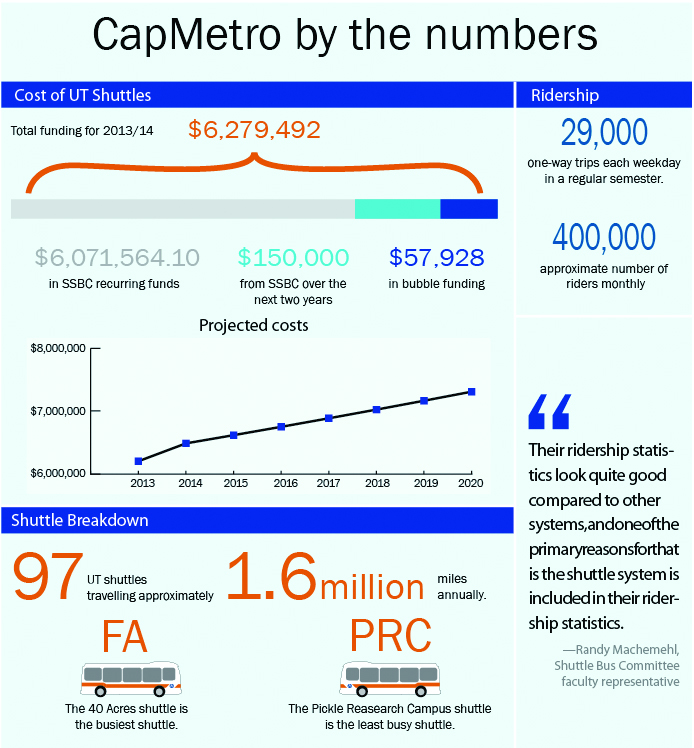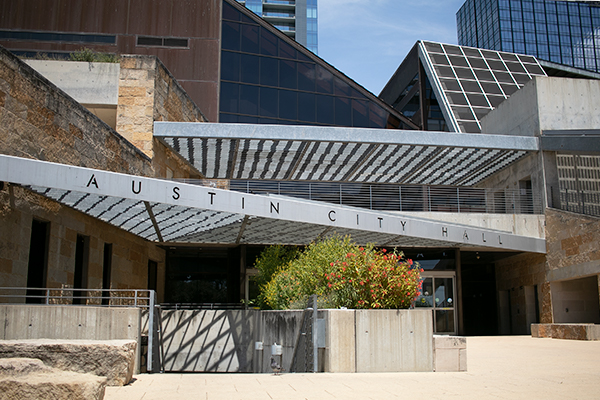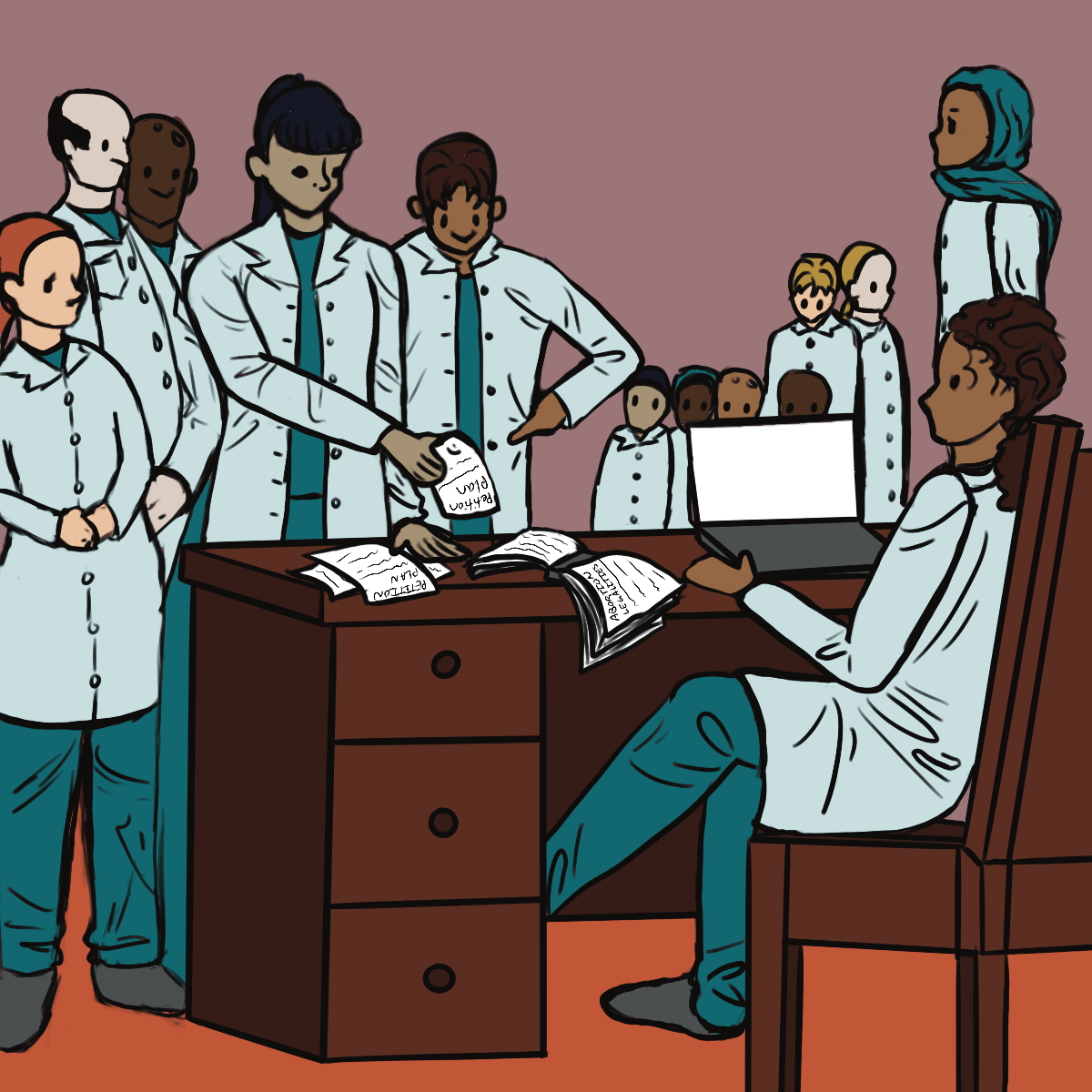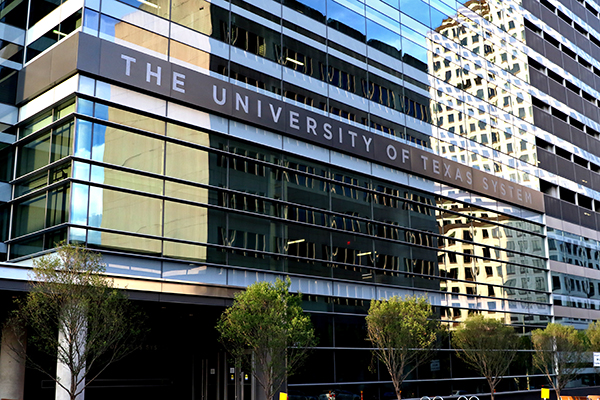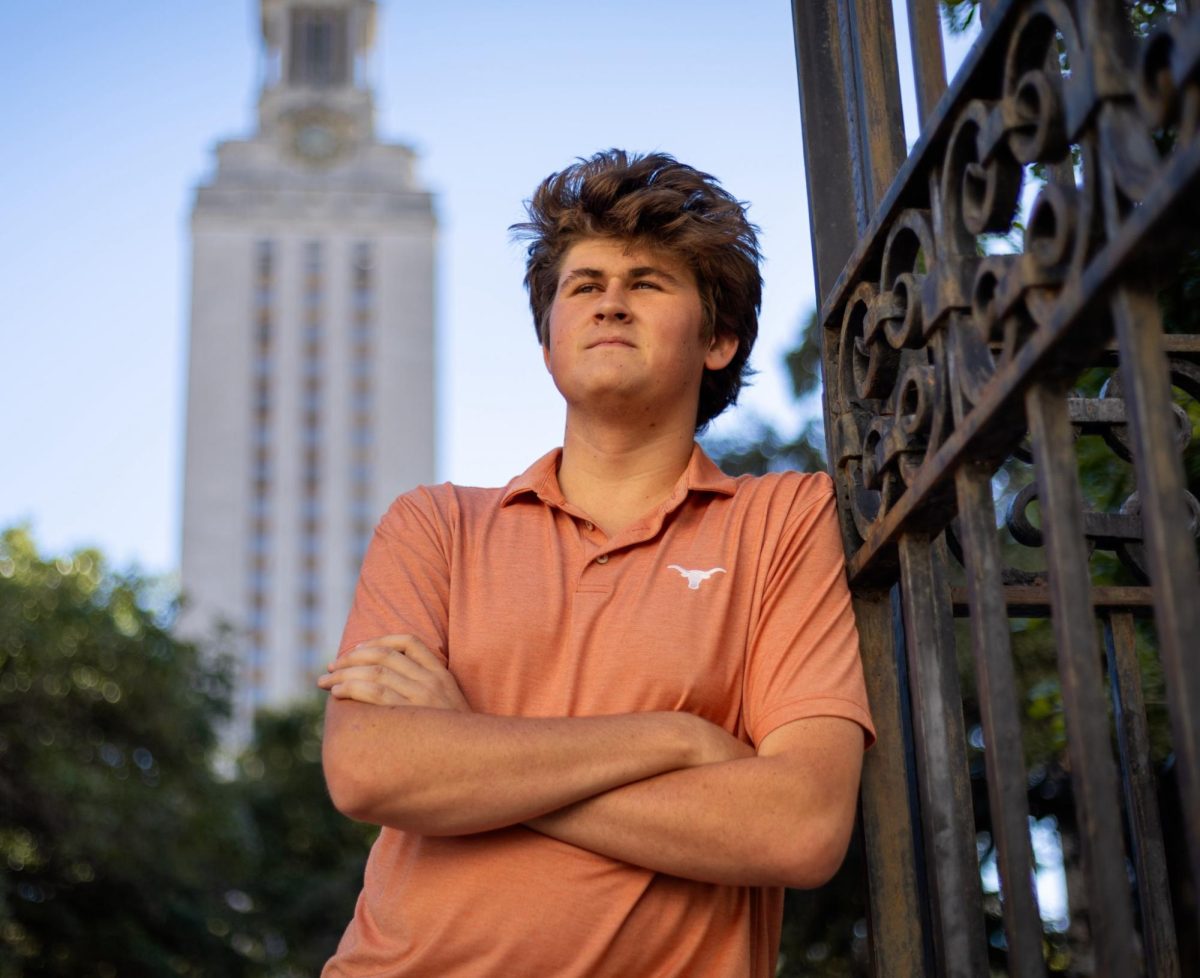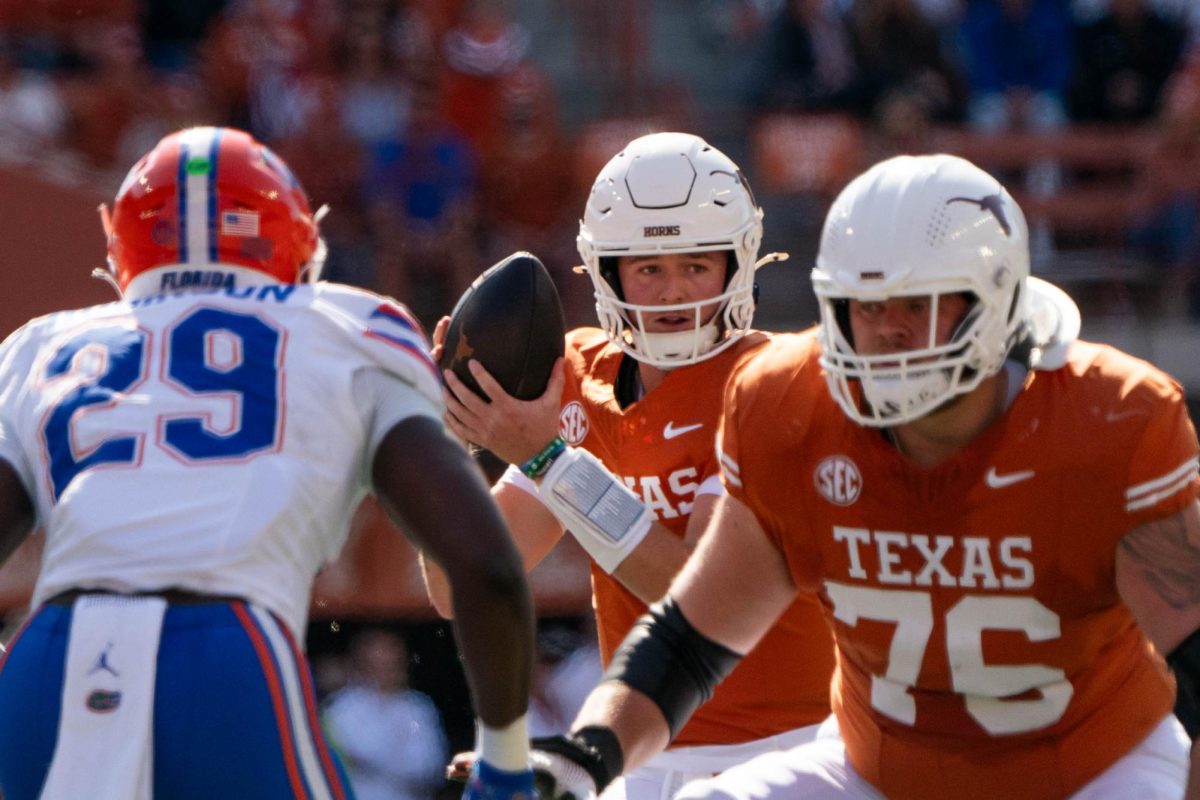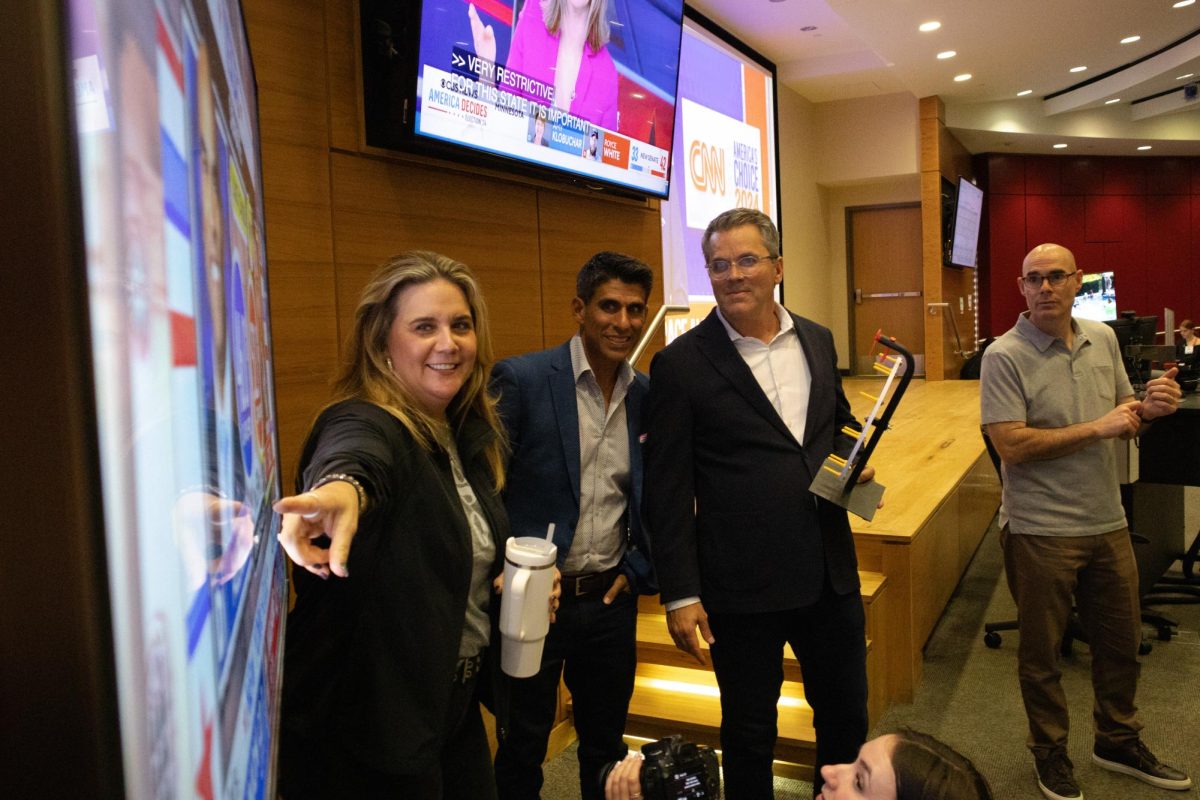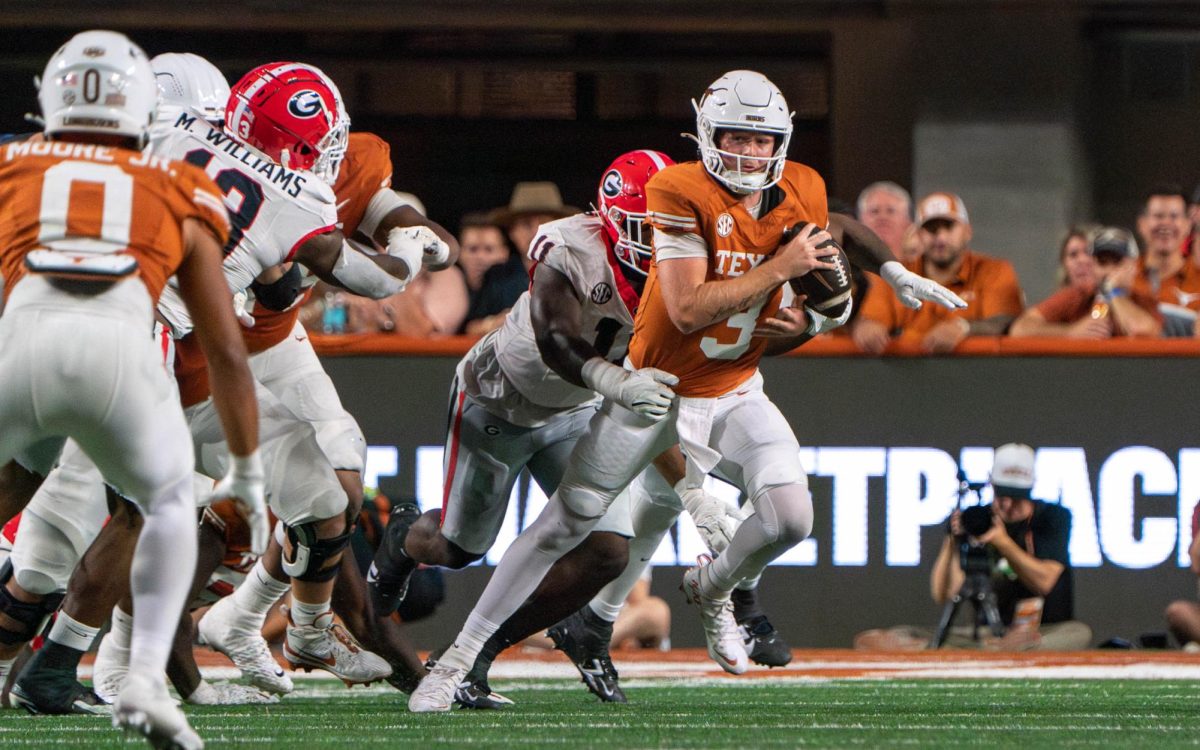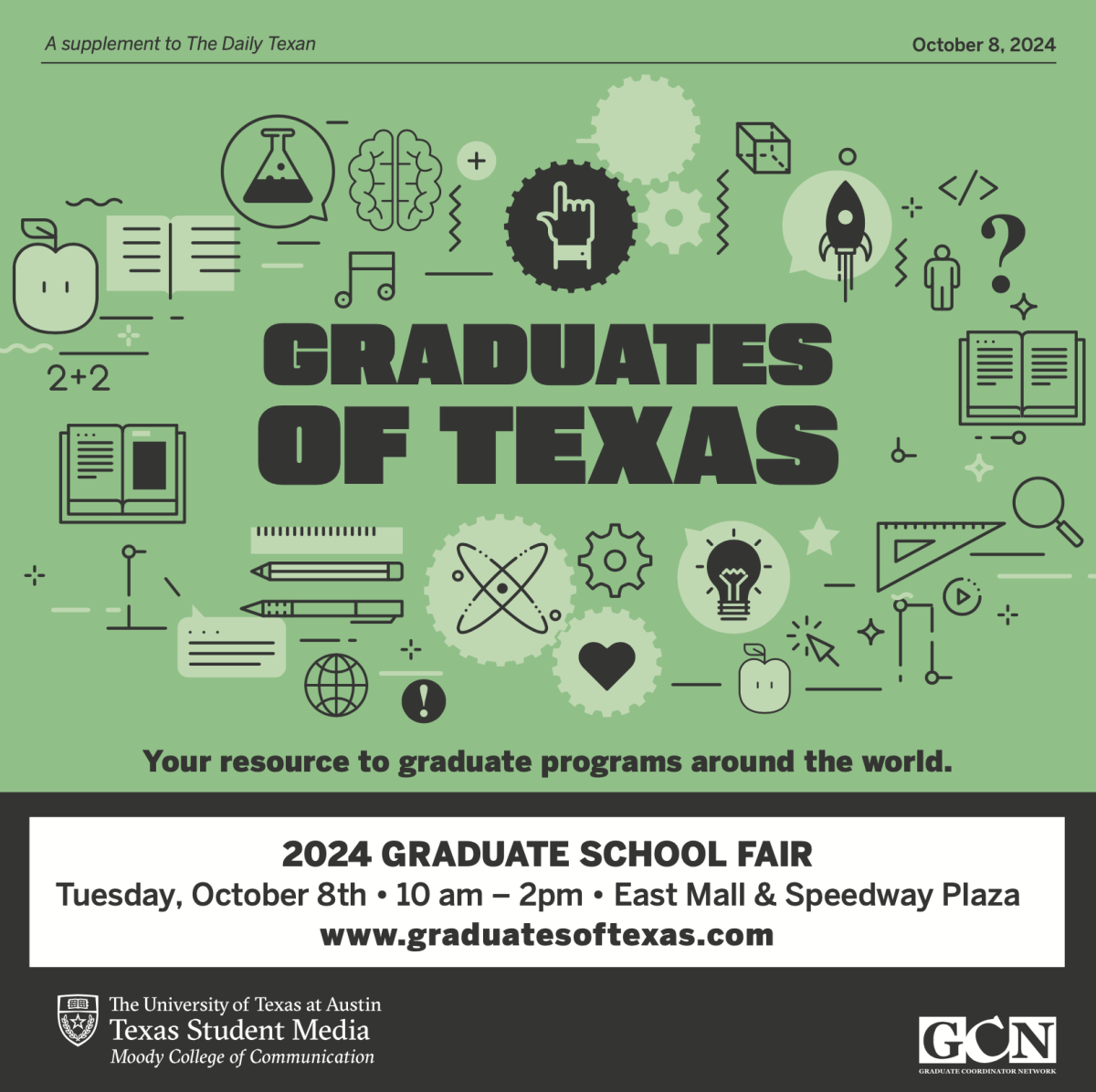The pattern of shuttle bus closures will continue if University funding to Capital Metro does not increase.
The Cameron Road and Wickersham Lane shuttle routes will close within the next year because of low ridership, and the Pickle Research Campus route may be next. This route has the fewest riders, so people who use this route might transition to using the 803 Burnet/South Lamar MetroRapid route in mid-2014, CapMetro spokeswoman Melissa Ayala said.
The student shuttle bus committee approved the cancellation of the Pickle Research Campus shuttle route in mid-2014, but CapMetro officials have not formed a service change proposal for this route, Ayala said.
Blanca Juarez, Parking and Transportation Services spokeswoman, said the University and CapMetro equally split the total running cost of the shuttle system, which is $6,279,492 for the 2013-2014 year.
“If operational costs increase, then our fee, based on our 50/50 split, would increase proportionally,” Juarez said. “Our funding comes from the Student Services Fee Committee. Our reoccurring funding … has not increased since 2008. As our costs increase, we will either have to receive additional funding or make adjustments to service.”
Randy Machemehl, transportation engineering professor and a Shuttle Bus Committee faculty representative, said the relationship between CapMetro and the University is mutually beneficial. The University receives a subsidized service from CapMetro while CapMetro benefits from the high number of university students.
“Their ridership statistics look quite good compared to other systems, and one of the primary reasons for that is the shuttle system is included in their ridership statistics,” Machemehl said. “That’s why they’re willing to put money into it. It’s a good cooperative arrangement.”
Machemehl said the shuttles are funded through the student services fee that students pay with their tuition.
“If the level of those fees remains constant, and we actually increase the number of students registered here, then the total value in that account would increase,” Machemehl said. “But of course increasing the number of students that we allow to enter our university brings on other issues … so that’s not a simple solution at all, but that’s a potential solution.”
Students who choose their housing based on bus availability should focus on nearby mainline routes, in case of further shuttle closings, Machemehl said.
“[Choosing housing based on shuttle routes is] still an appropriate thing to do … [but students should] try to choose places that are also pretty convenient to regular Capital Metro routes because they will continue to be there for sure,” Machemehl said.
The University also contributes money to CapMetro to fund mainline services for students and faculty. The University uses profits from vending machines, Machemehl said, but while the number of people using the bus services increases, the number of vending machine sales remains constant.
“As more and more people use the Capital Metro service, the availability of those vending machine funds are not going to be adequate to pay all of those costs, so we’re going to have to come up with another way to pay all that,” Machemehl said.
Ninety-seven shuttle buses run along 17 different shuttle routes and the average number of monthly riders is 400,000, Juarez said.

